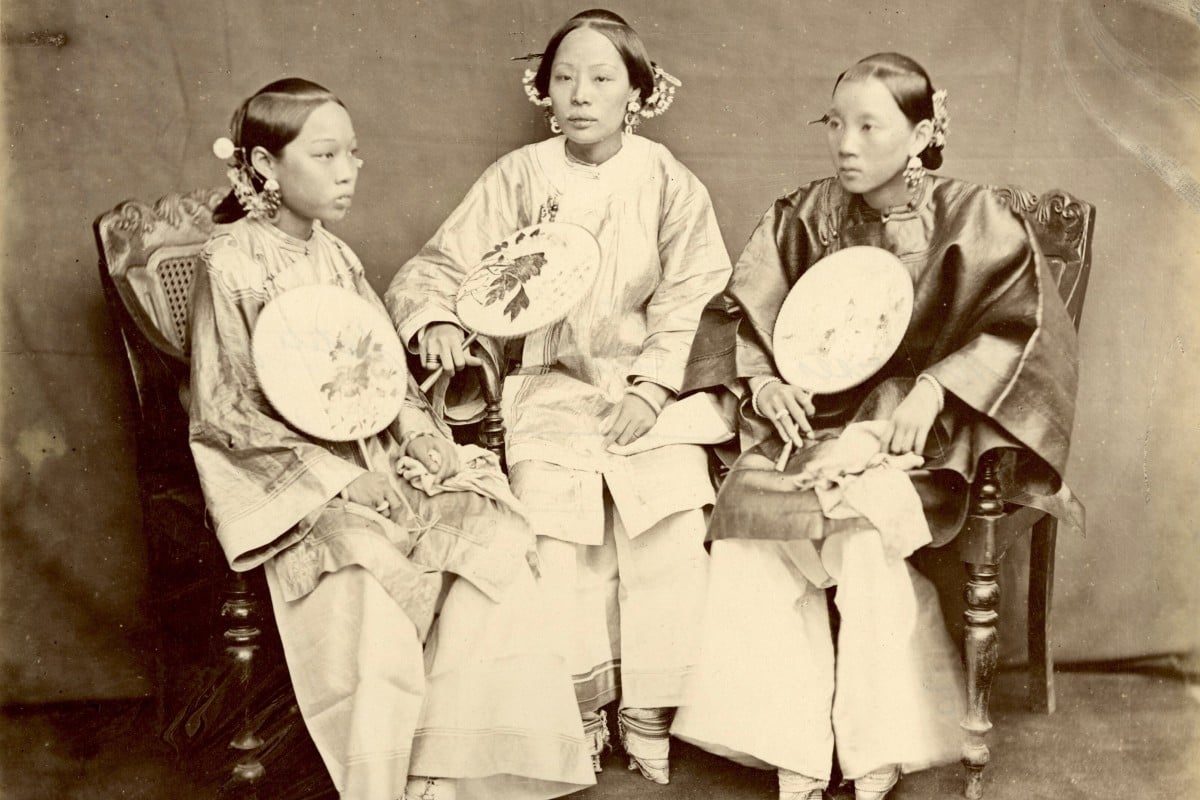
A woman wearing jade bracelets, her hair pulled back into a shiny bun, appears to rest a moment against a table. Over her shoulder peeps the curious face of a baby, carried in a sling on her back. Her expression is peaceful yet powerful, a young mother, perhaps, whose life has taken on new meaning.
Captured by the Pun Lun Studio in 1870s China, this photo is particularly rare on account of the fire that destroyed the studio’s negatives in 1876.
Another shows a street scene in a narrow alleyway. Figures peer out from behind an array of commercial signs for shops, offering everything from tea, noodles and dim sum to paper products, stone tortoises and floor bricks. Captured in the 1870s by A Chan Studio, it provides a fascinating glimpse into everyday life in China.
These are two of the 20,000-odd original images, dated between 1850 and 1920, in the Stephan Loewentheil Photography of China Collection that depict traditional architecture, nature, culture, craft and humanity, and the rituals, struggles and wonders of daily life.
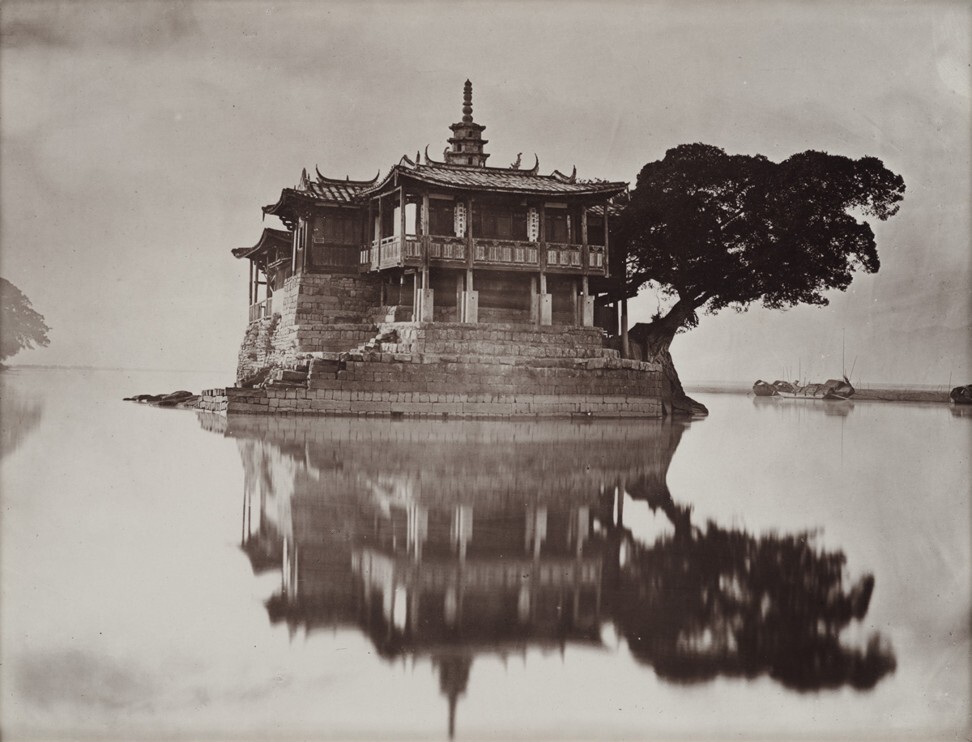
As the largest and most important collection of early photography of China, it provides a rare visual record of the time – from the country’s stunning rivers and mountains, to its bustling trade and artisanship, to the Great Wall and the Forbidden City. And it all belongs to one – in his own words, “slightly obsessive” – antiquarian, Loewentheil.
A lawyer by training, American-born Loewentheil assembled the collection over decades, with an emphasis on images of the highest artistic and historical quality.
He also collects and sells rare books, and recently bought Shakespeare’s First Folio for nearly US$10 million through a Christie’s live-streamed auction. Buyers of his books and manuscripts read like a who’s who of world leaders; Pope John Paul II, the Dalai Lama, Mikhail Gorbachev, Tony Blair, King Abdullah of Saudi Arabia, and the Sultan of Brunei.
Loewentheil has also sold books, used as state gifts, to every US president since George H.W. Bush, with the exception, he says, of the outgoing one.
He has other photographs too, including famed portraits of author Charles Darwin, US president Abraham Lincoln, and photographer Mathew Brady, and of the American civil war, some of which have been acquired by institutions, including the Getty Museum, the National Portrait Gallery in London and the National Gallery of Art in Washington.
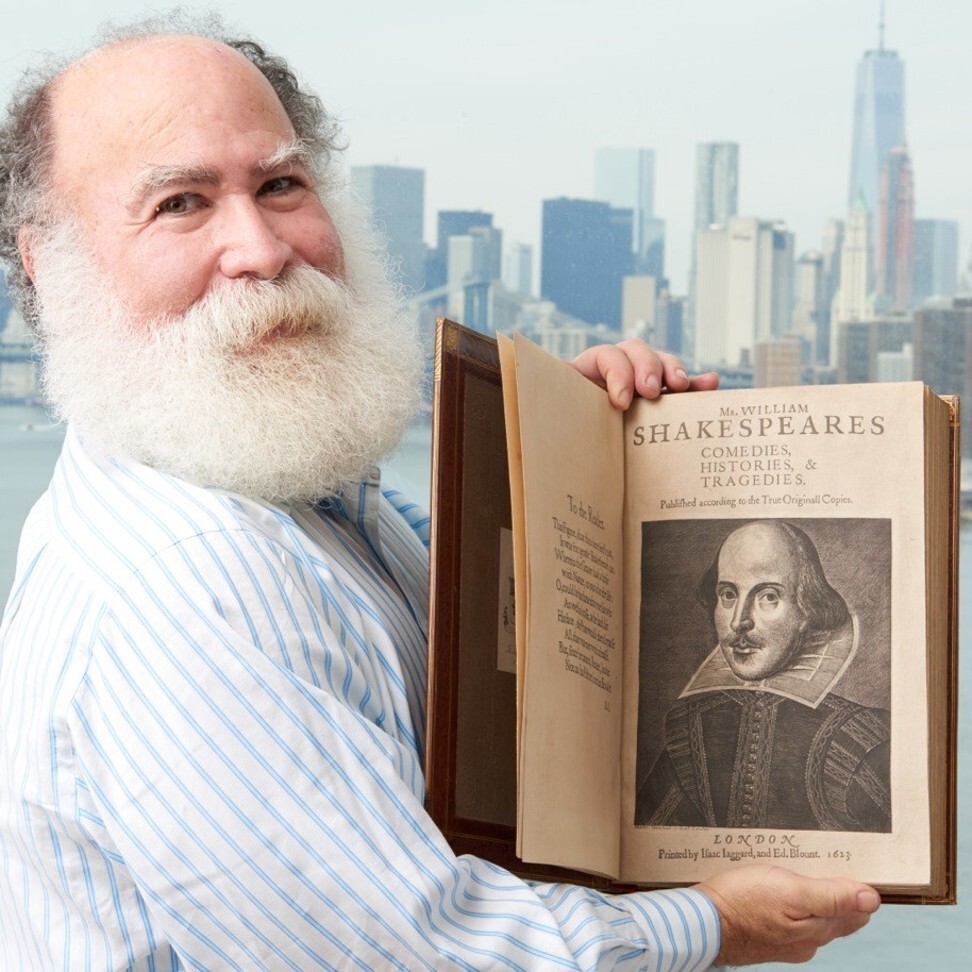
Now, having just turned 70, Loewentheil is looking for a new custodian for his China photographs – a collection he has kept intact, never having sold a single one. Ideally he would like it to end up with an individual or institution in China.
“That’s where it belongs,” he says with a resigned smile. “The collection is an irreplaceable resource, and I hope it finds a permanent home where it can be enjoyed and studied by the public and scholars alike.”
He says there are a number of historical and cultural reasons why the collection is irreplaceable.
“The arrival of photography on paper in China in the third quarter of the 19th century allowed the preservation of views of traditional life as it had existed for many centuries,” he explains. “Now that China has been utterly transformed by the political, economic and cultural changes of the 20th and 21st century, many of the buildings and ways of life depicted in these photographs no longer exist.
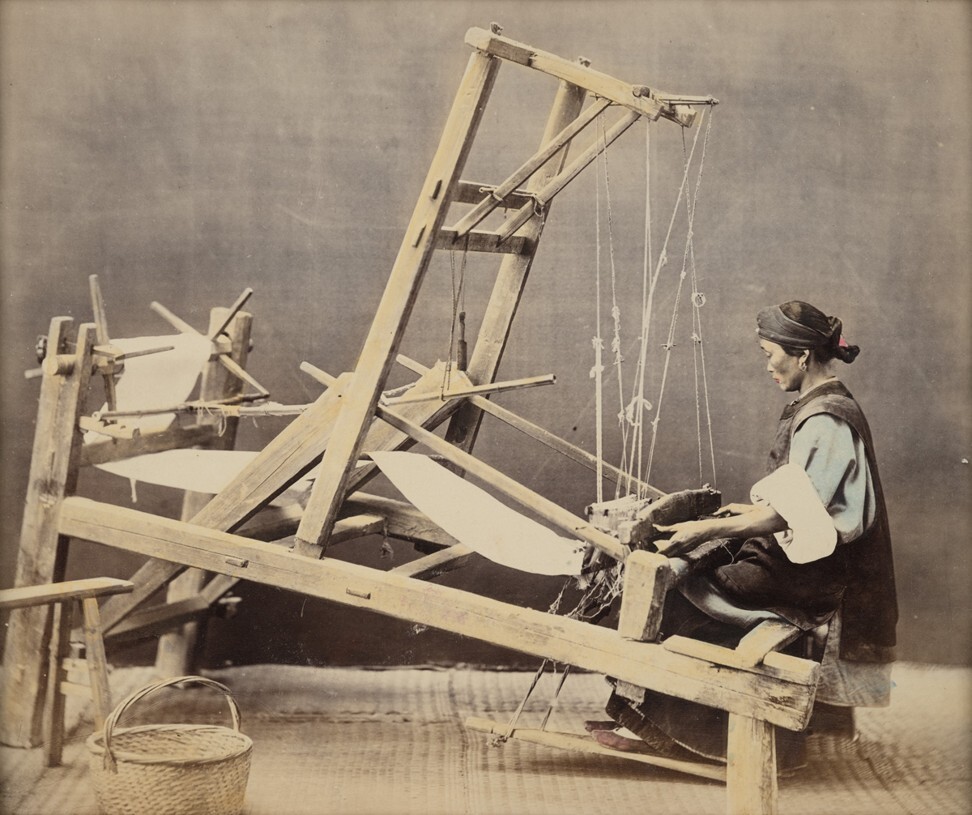
“It is imperative that the world have access to these images to better understand the country with the longest history as a single nation – a place where gunpowder, gas harvesting and piping, and paper money were all invented.”
We speak over Zoom from his organic farm in Trout Creek, a small town in Delaware County, Pennsylvania, Loewentheil has just completed his daily walk by a lake lined with red oaks, chestnuts and pitch pines, accompanied by his pet dog, a ritual they have enjoyed together for years.
Eloquent and courteous, and boasting an impressive snowy white beard, Loewentheil describes how his passion for artefacts from China came about.
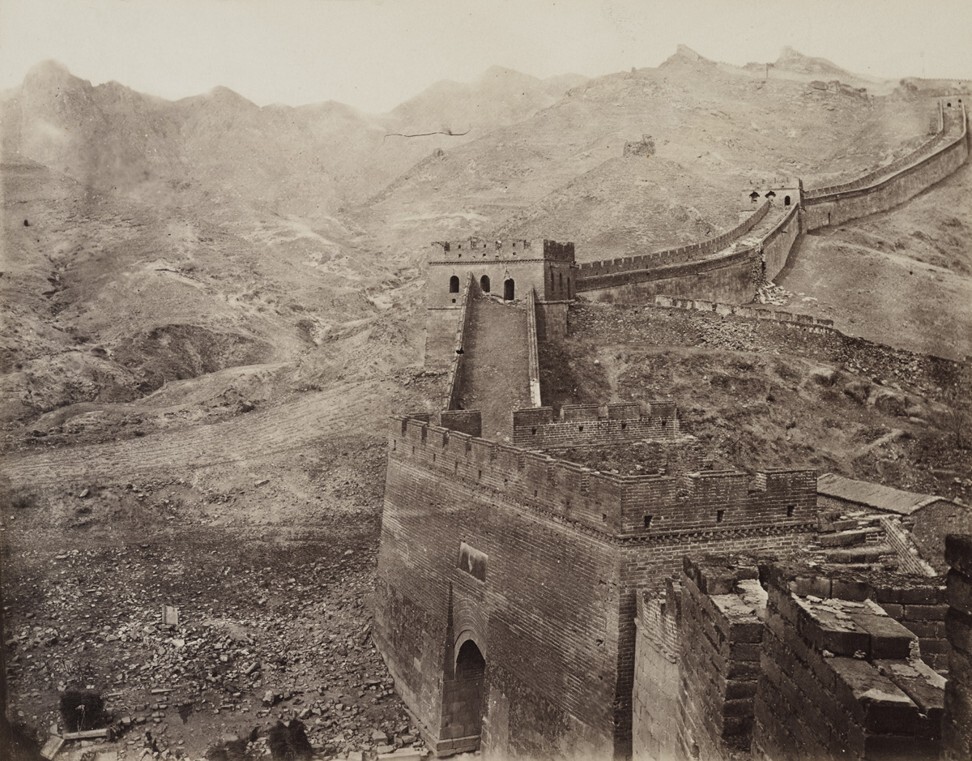
His curiosity was piqued as a teenager, when, as a final project before entering university, he worked at the United Nations just as the People’s Republic of China took its seat in the UN in 1971.
“It was there that I first understood that in our efforts to forge bonds with the Chinese nation, Westerners must understand China’s cultural heritage,” he says.
He attended Cornell Law School in New York and his first trip to China was representing the Cornell University Libraries for the centennial celebration of Tsinghua University. “Travelling to Beijing further enriched my fascination,” he recalls.

Later on, when he began a second career as an antiquarian book dealer in his early 30s, it dawned on him that helping to preserve Chinese history through photography was a uniquely important task.
Because of the Cultural Revolution of the 1960s and 1970s, which saw objects of art and culture destroyed, relatively few photographs from these periods of history exist today, and much of those were found in collections outside the country.
“Very little photography survived the 20th century in China. So I undertook what I felt was an important task of preserving a portion of the early photographic art and history of China, which had long resided outside China, as I thought, one day, that the Chinese people would want it.”
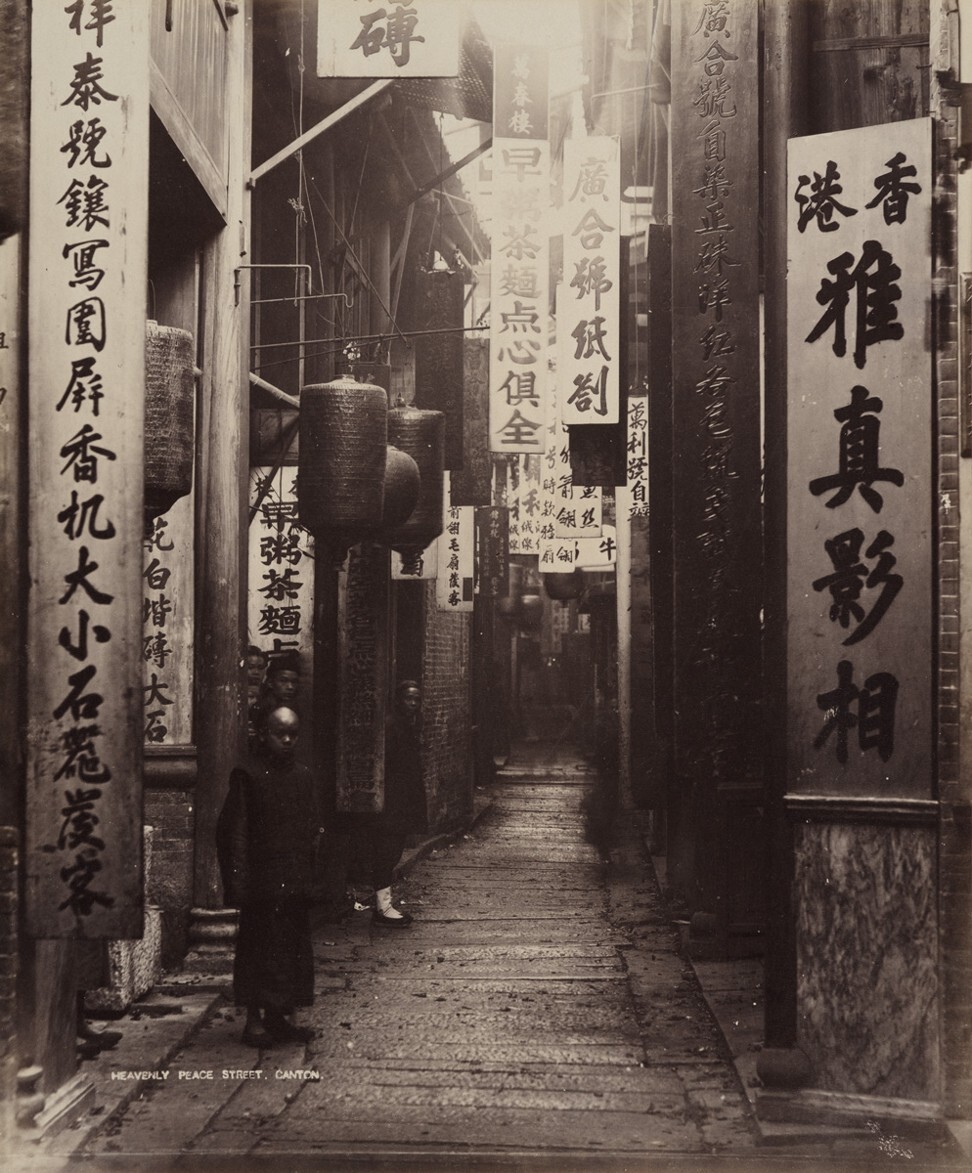
By the mid-1990s he had scores of important early photographic albums and late Qing dynasty prints, many by famous international artists such as Felice Beato, John Thomson, Thomas Child, and William Saunders.
Gradually he learned about the early Chinese master photographers Lai Fong, Liang Shitai, Pun Lun Studio, Tung Hing Studio – all still virtually unknown, he says, despite their technical genius.
The enormous archive includes images by every major 19th-century photographer in Beijing and Shanghai, including spectacular panoramas of the cities by Beato and Henry Cammidge, and a complete set of hand-coloured photographs by Saunders.
Since the ancient Egyptians, no one is allowed to take worldly goods to the next life. I don’t want to die with the things I love, nor do I want to burden my children - US collector and philanthropist, Stephan Loewentheil
The views extend far beyond Shanghai and Beijing, with photographic masterpieces detailing the topography and cities of Xiamen, Yantai, Zhenjiang, Guangzhou, Suzhou, Nanking, Hong Kong, Tianjin, Hankou, Putuoshan and more.
Today they are safely preserved in a climate-controlled specialist storage unit in New York, along with some 2,000 rare books Loewentheil owns.
In February this year, some of the collection went on public display for the first time at the Herbert F. Johnson Museum of Art at Cornell University. Entitled, “Lai Fong (1839-1890): Photographer of China” it was the first museum exhibition of photographs devoted to a single 19th-century Chinese photographer. The exhibition included nearly 50 photographs taken by Lai Fong in the 1870s and 1880s.
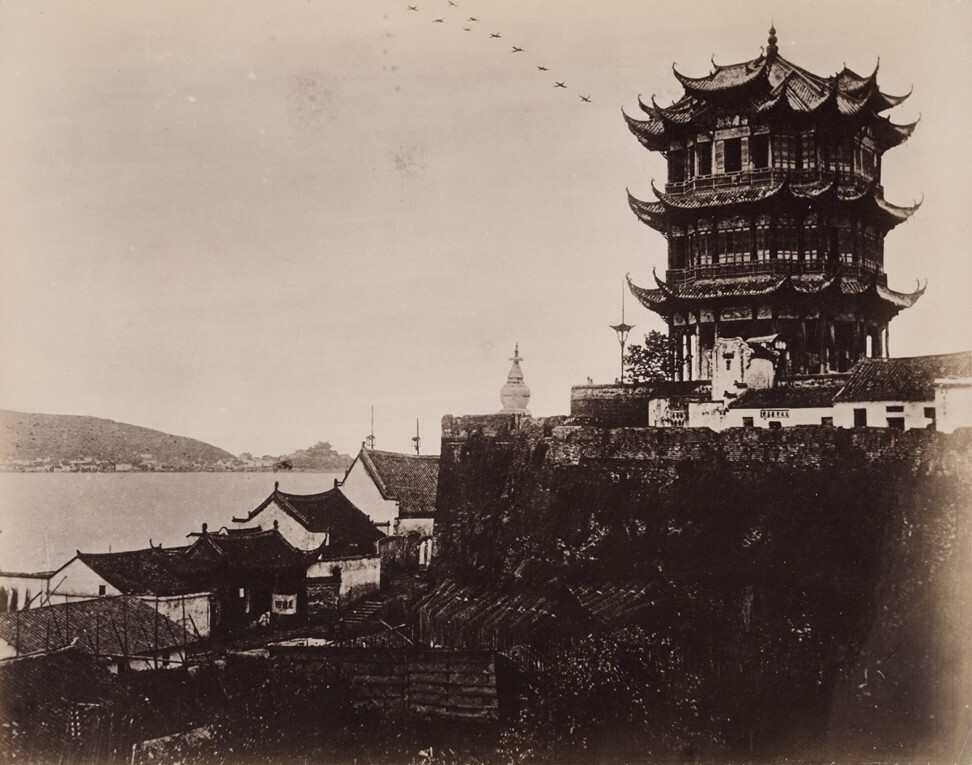
Most were selected from the more than 500 photographs attributed to Lai Fong from the Loewentheil Collection.
The Metropolitan Museum of Art, the Getty Research Institute, and Cornell University Library also loaned photographs to the exhibition, providing a substantial body of rare original works for students and scholars of art history and visual culture to deepen cultural understanding.
Are there any items in his collection that he would never sell? He shakes his head. “Since the ancient Egyptians, no one is allowed to take worldly goods to the next life,” he says with a smile. “I don’t want to die with the things I love, nor do I want to burden my children.” In fact, he feels great satisfaction from finding the right “home” for his treasures, he adds.
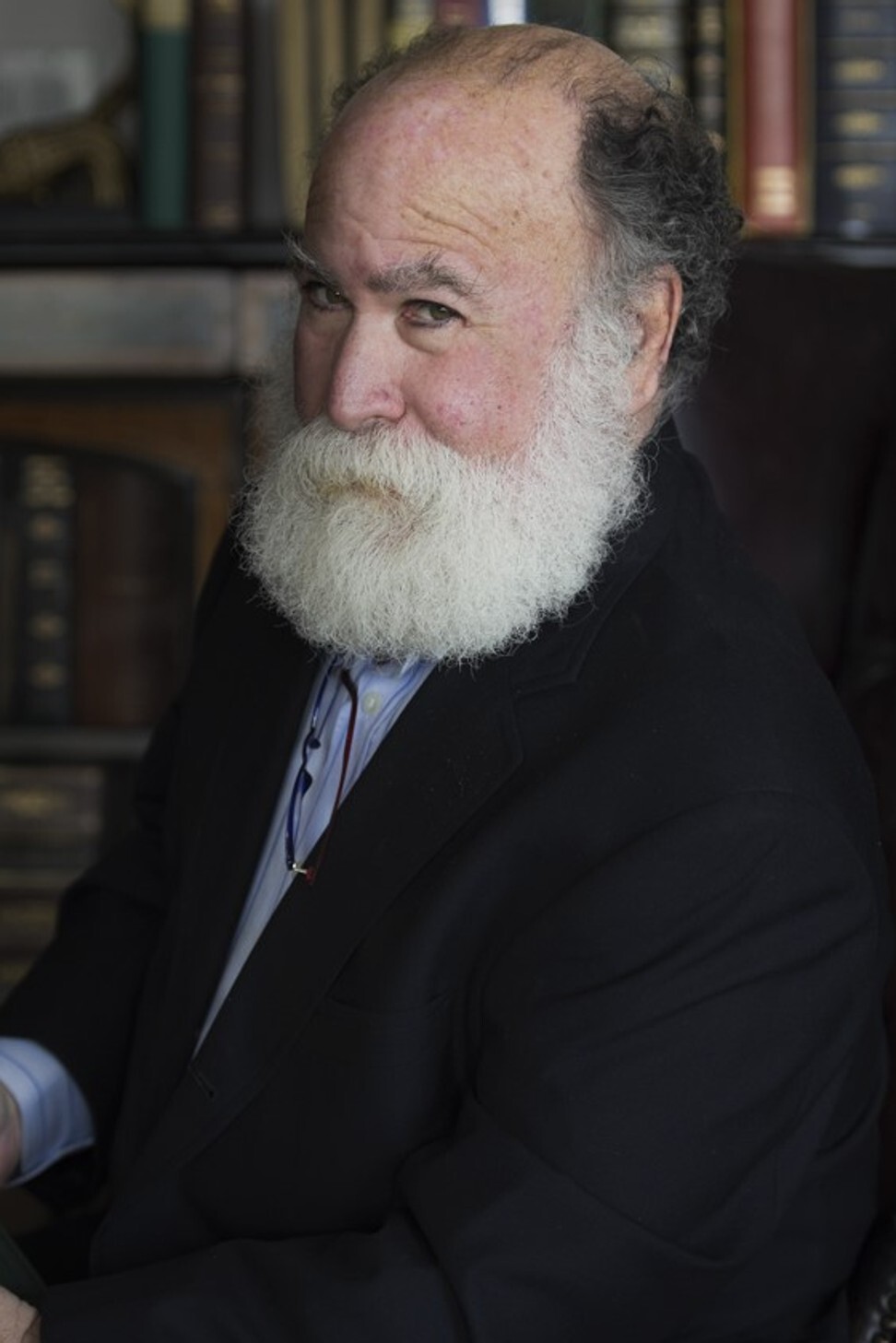
As for his favourite, he says it is like trying to choose between his children (he has three, “they are all masterpieces!”).
Pushed to choose, he points to the landscape photographs of the Wuyishan Mountains in Fujian province by the Tung Hing Studio.
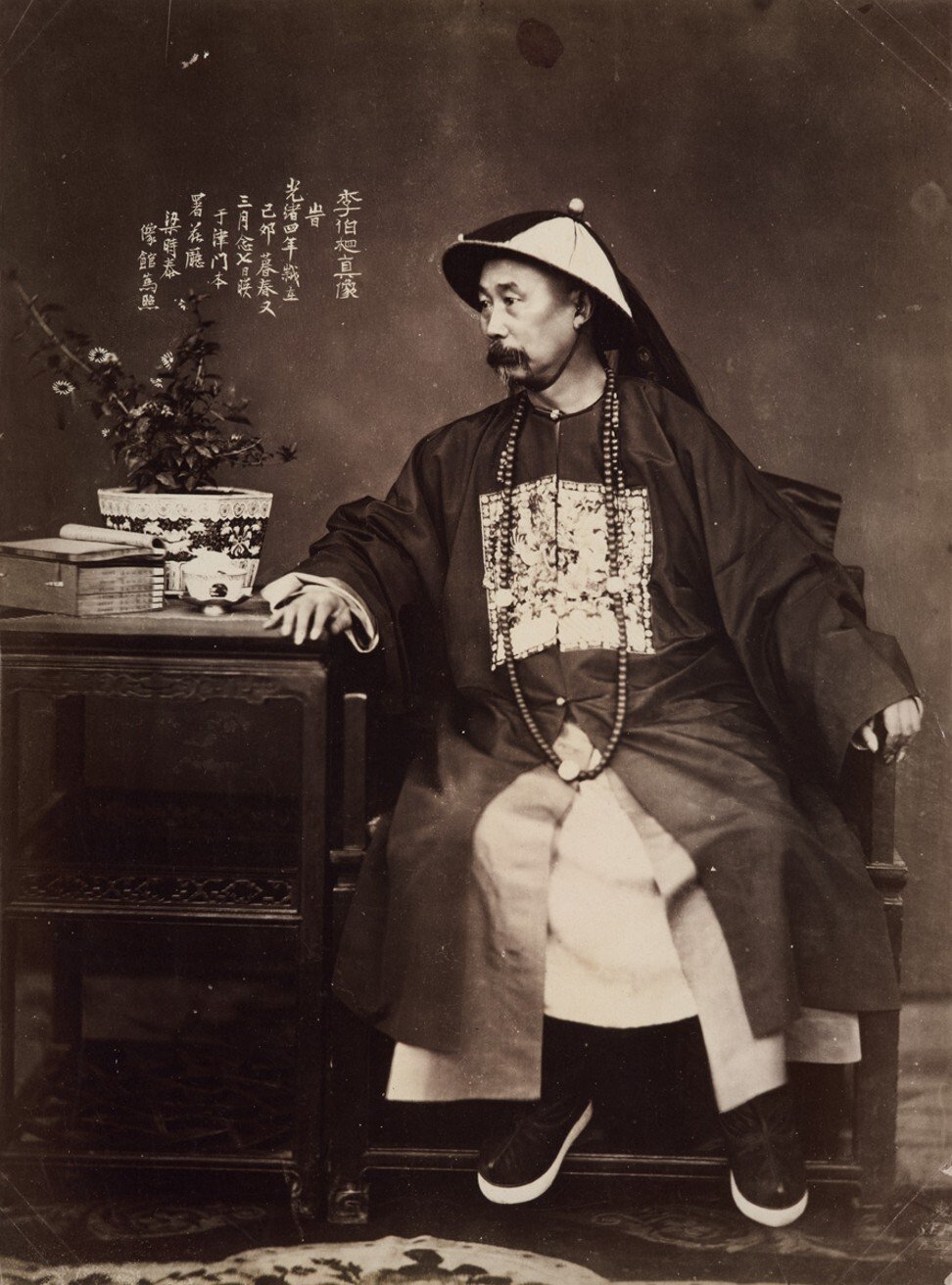
“The views of mountain faces and rock formations have been the focus of traditional Chinese art for ages. This natural beauty of the region has inspired Chinese artists and poets for countless generations and photographers are a vital part of that tradition,” he says.







